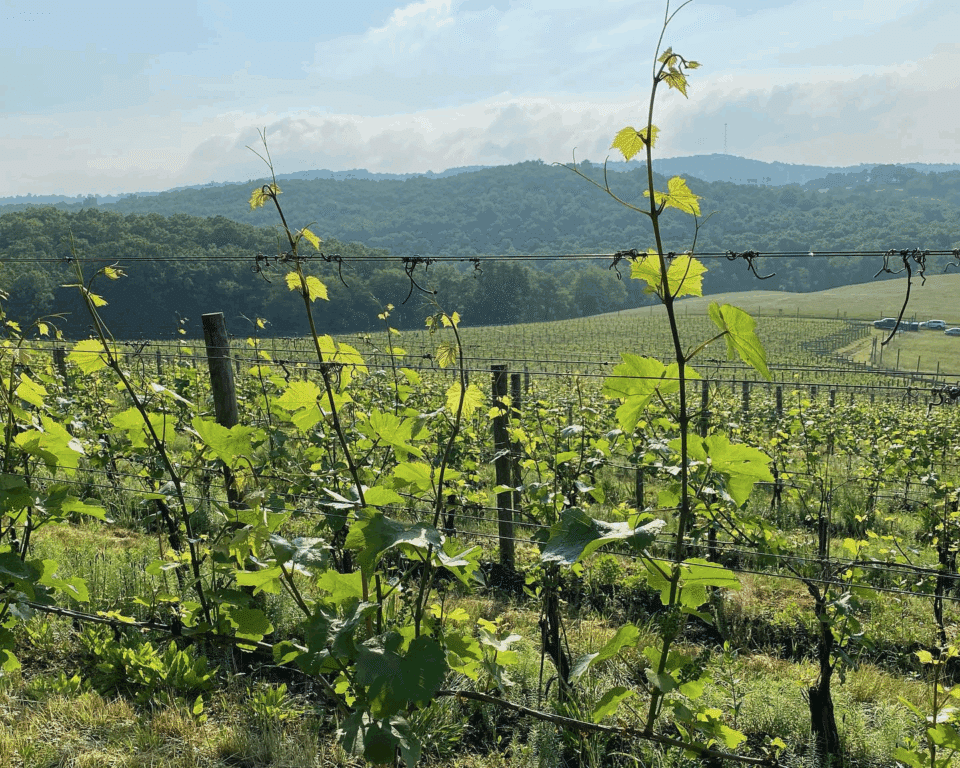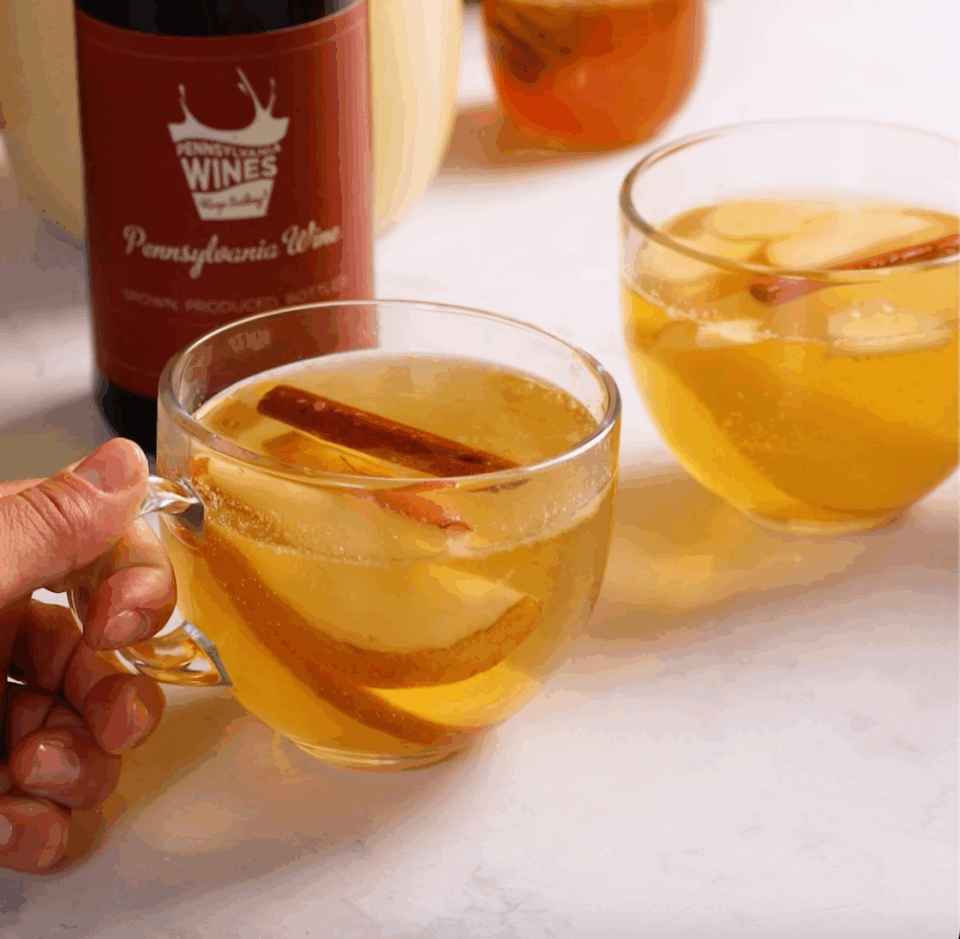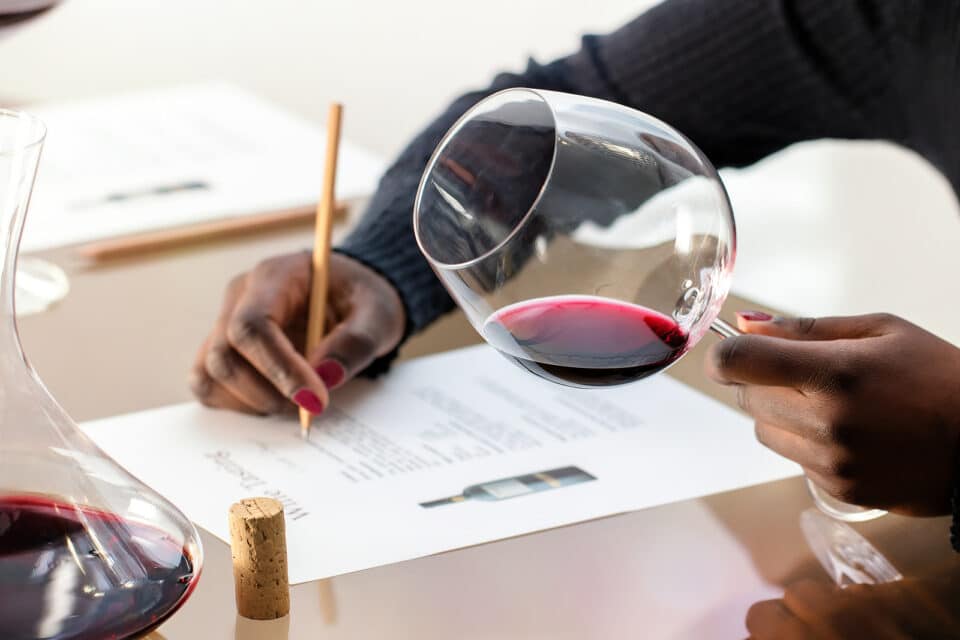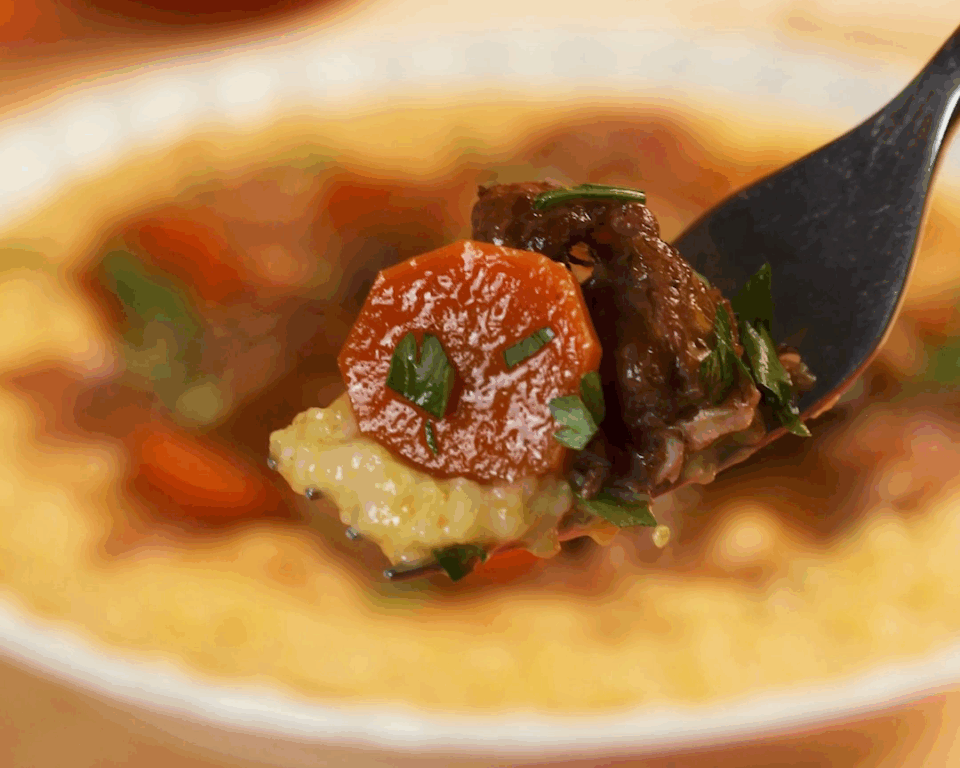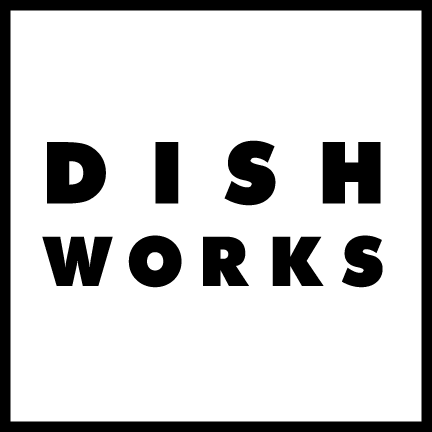Lake Erie is a Pennsylvania feature of mythic proportions. This Great Lake’s waters run between two countries and span nearly 10,000 square miles. Hugging the southern shores of this mammoth body of water is the Lake Erie AVA, a wine-growing region that showcases the spectacular lake effect on viticulture there.
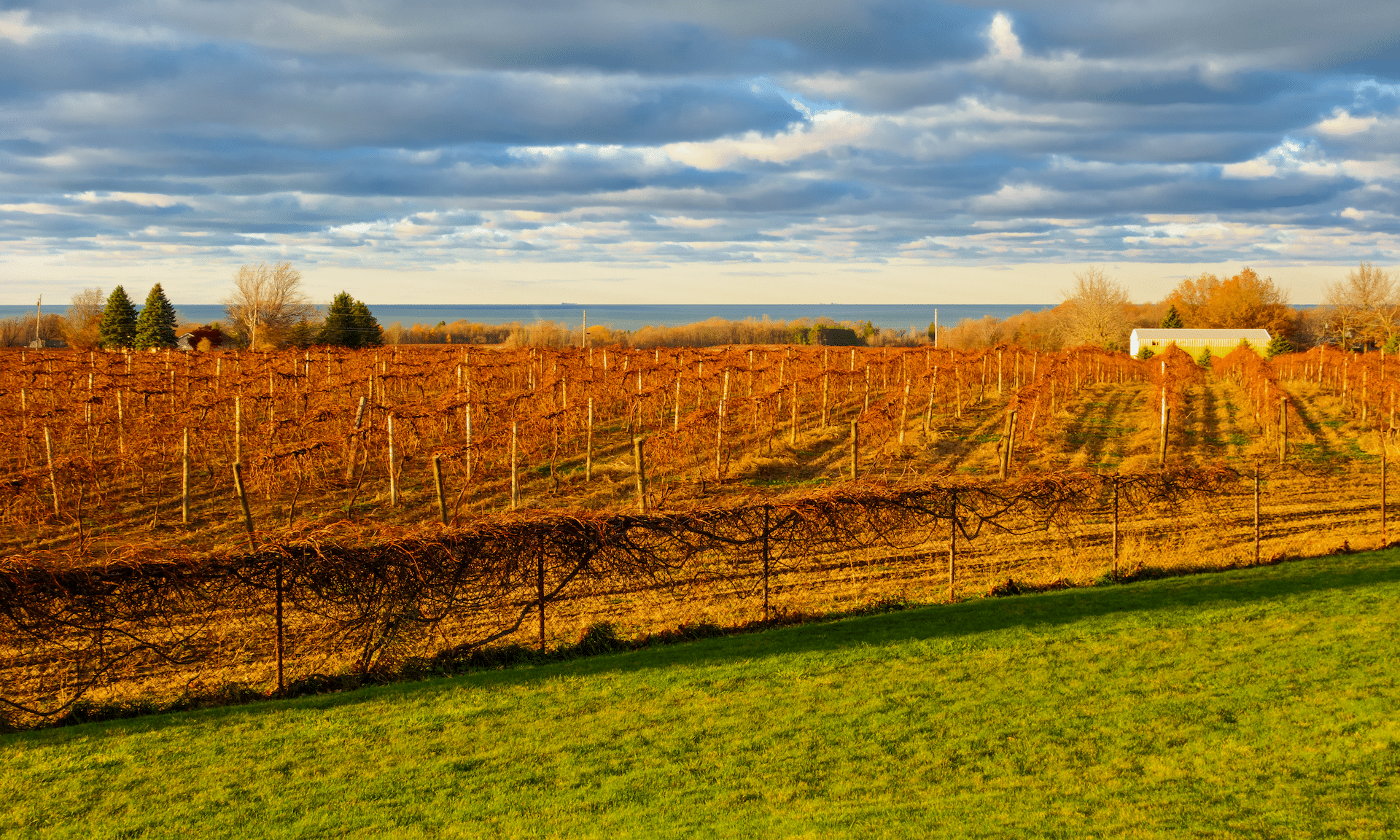
We spoke with Michael Yori, owner of Yori Wine Cellars in Erie County. He’s grown grapes in the region since 2003, and operates a winery/brewery/restaurant in downtown North East. He shared his thoughts on the region’s unique qualities and which wines best showcase the AVA’s character.
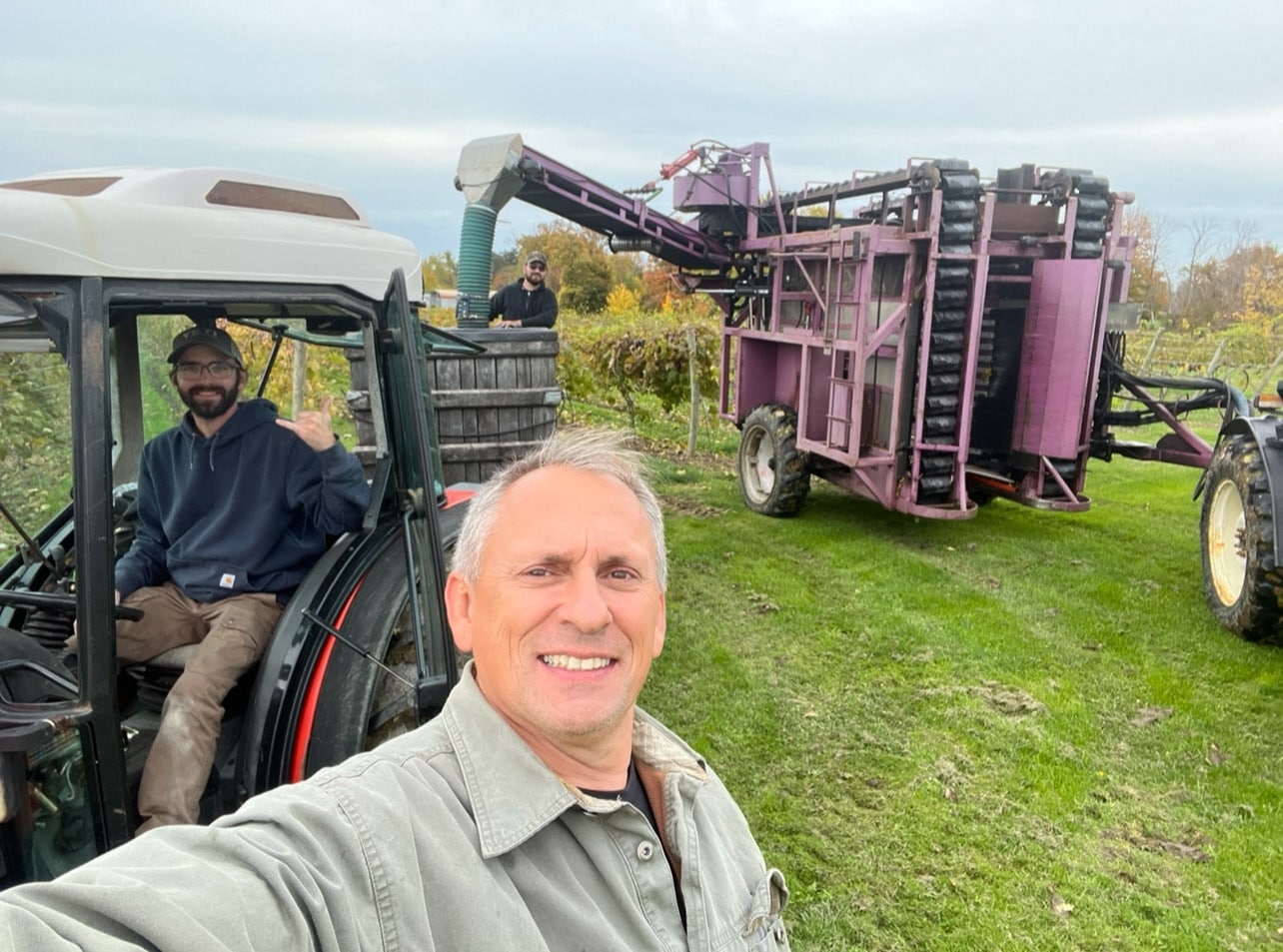
Michael Yori and team in the vineyard.
Erie’s Grape History
Looking at Pennsylvania on a map, you’ll notice its chimney-like protrusion at the northwest corner. This is the Erie Triangle, acquired by PA in 1792. This freshwater port site gave the state access to trade and transportation. Not long after, in 1818, a man named Deacon Elijah Fay planted the first wine grapes in the area, establishing what would become Lake Erie Wine Country. He tried native grapes first, eventually growing Catawba, which are still grown there for wine today.
Over time, the region became known for grape-growing, which included wine grapes, juice grapes and table grapes. As Niagara and Concord grapes thrived in the late 1800s, Welch’s moved its operations to Westfield, New York, just 30 miles northwest of Erie. It still produces over 20 million gallons of grape juice a year using about 320,000 tons of grapes grown within what’s known as the Concord Grape Belt.
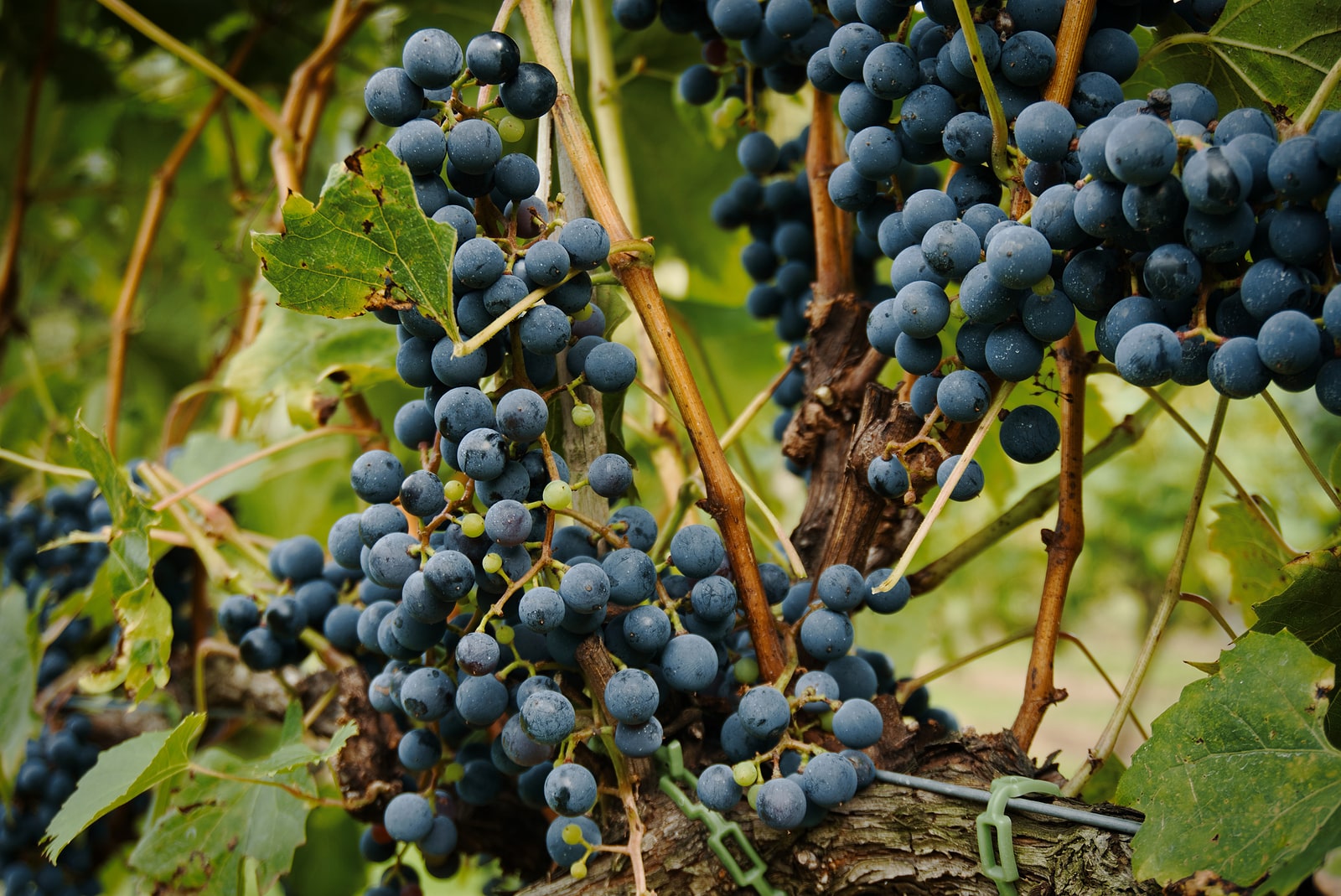
Concord grapes
The area had something of a winemaking heyday in the latter half of the nineteenth century, with Pennsylvania among the top five wine-producing states in the country. However, Prohibition put an end to that. Most wineries in the region either closed, went underground, or pivoted into juice production, staying that way until the latter half of the twentieth century.
Then, the Pennsylvania Limited Winery Act of 1968 reopened the doors to commercial winemaking across the state, and winemakers in Erie resumed and expanded their craft. In October of 1983, the Lake Erie AVA was officially established. Today, around two dozen wineries operate there.
Quick Facts
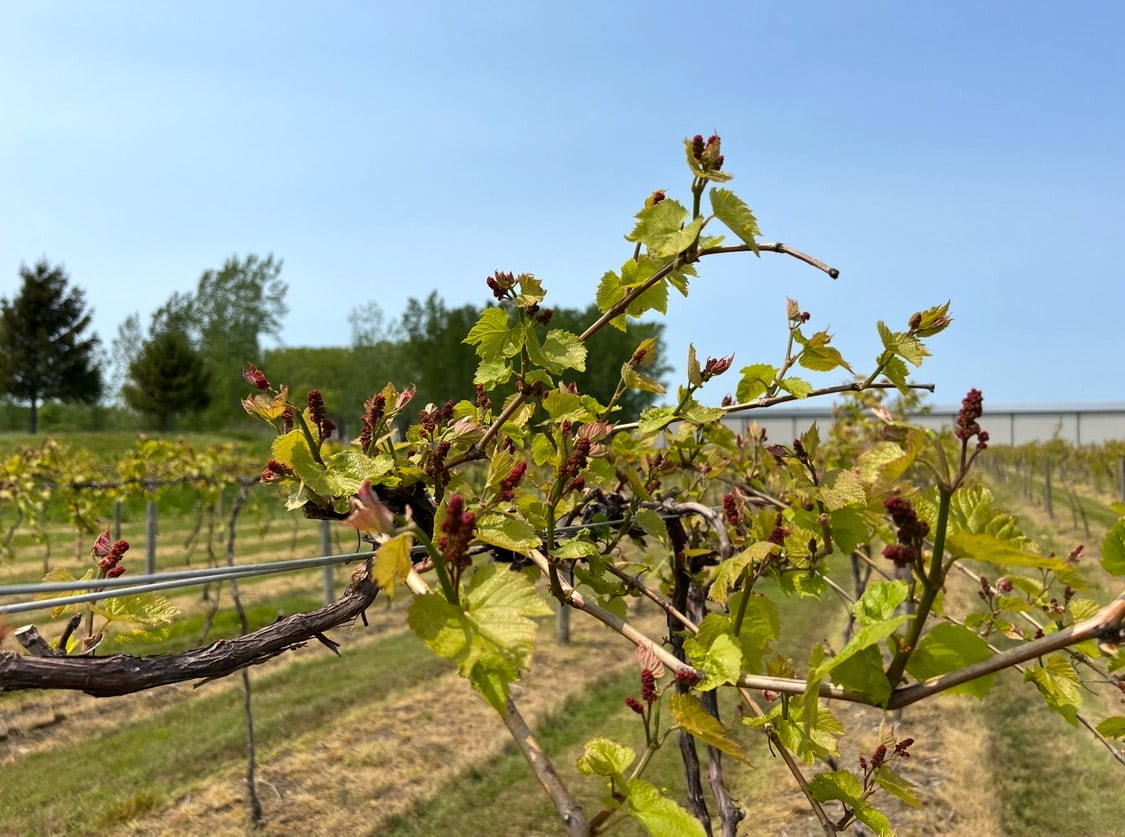
The Lake Erie American Viticultural Area is one of five AVAs in Pennsylvania, and one of three that Pennsylvania shares with its neighbors. Lake Erie AVA runs about 50 miles long, from Toledo, Ohio in the west, to Buffalo, New York in the east. It is the country’s largest AVA east of the Rocky Mountains, covering about 2.2 million acres, with about 42,000 acres of planted grapevines. Concord is the most common grape grown in the Lake Erie AVA.
Like the majority of Pennsylvania, this AVA has a continental climate with four distinct seasons and swings from warm, humid summers to cold, snowy winters. It includes three hardiness zones, 6a, 6b and 7a, with temperatures dipping down to -10°F at higher elevations.
The topography of the Lake Erie AVA is dramatic. The lake, itself, sits above sea level (the only Great Lake to do so). The lakeshore grape belt runs approximately 5-10 miles from the water to a steep escarpment, which rises up about 1,000 feet. This sloped environment creates drainage, circulation and sun exposure for the vineyards, while trapping the lake effects within the AVA.
Lake Effects
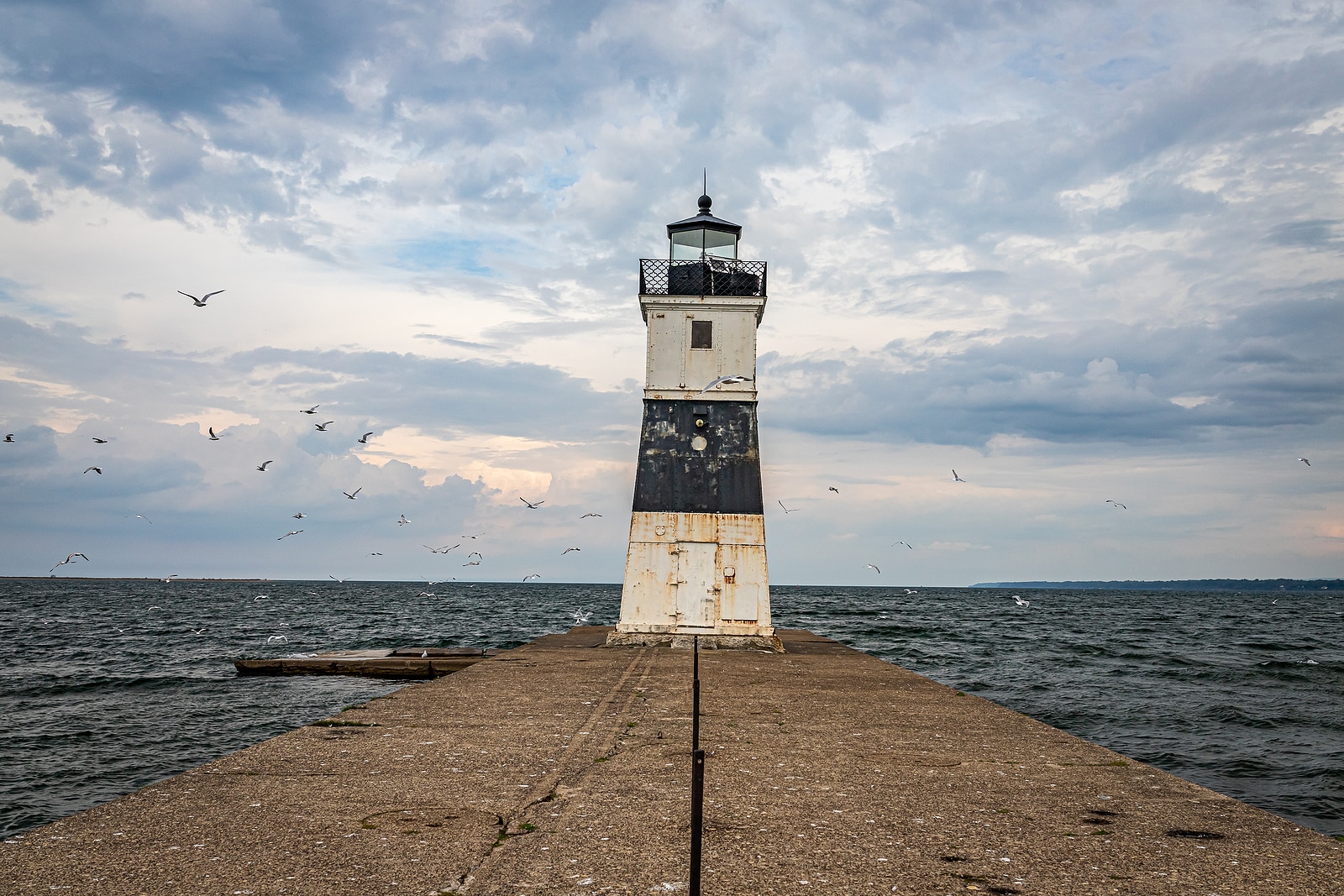
Presque Isle Bay on Lake Erie
The Lake Erie AVA is uniquely suited for viticulture, thanks to the lake effect. For one, the ancient glacial soil is rich, well-drained and diverse. Yori says, “By the lakeshore, it’s sandy. If you’re growing grapes there, it takes a bit longer to ripen them. As you move towards downtown Erie and Route 20, it’s gravelly, and then a combination of clay and gravel towards I-90. Then it’s limestone and clay farther out.”
Winds off of the lake help to ventilate and dry the vineyards, which reduces disease pressure and the risk of rot. This is helpful in a micro climate that sees significant rainfall. Yori says, “We very rarely have a problem watering the product. We don’t have to drip irrigate — it’s done naturally.”
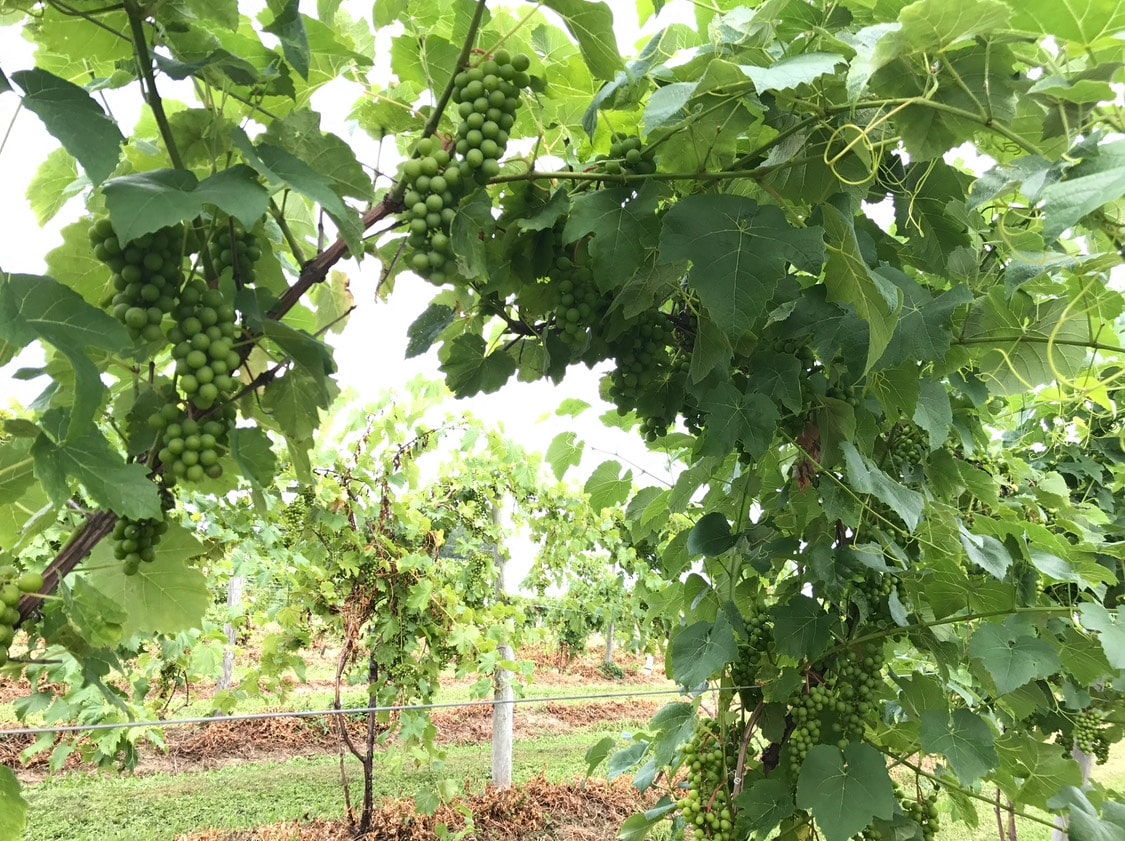
One of the most significant effects of the lake is on the AVA’s temperature, which it helps to moderate. Lake Erie is particularly impactful as the shallowest Great Lake with significant fluctuations in temperature throughout the year. In the spring, the coldness of the lake keeps lakeshore temperatures lower. This delays bud break, which helps to avoid losses that can happen when buds break before frost. Then it absorbs some of the deep summer solar heat, keeping vineyards from getting excessively hot. During the fall, air from the still-warm lake delays the onset of frost, extending the growing season and allowing Erie winemakers to ripen grapes that might not last elsewhere in the state.
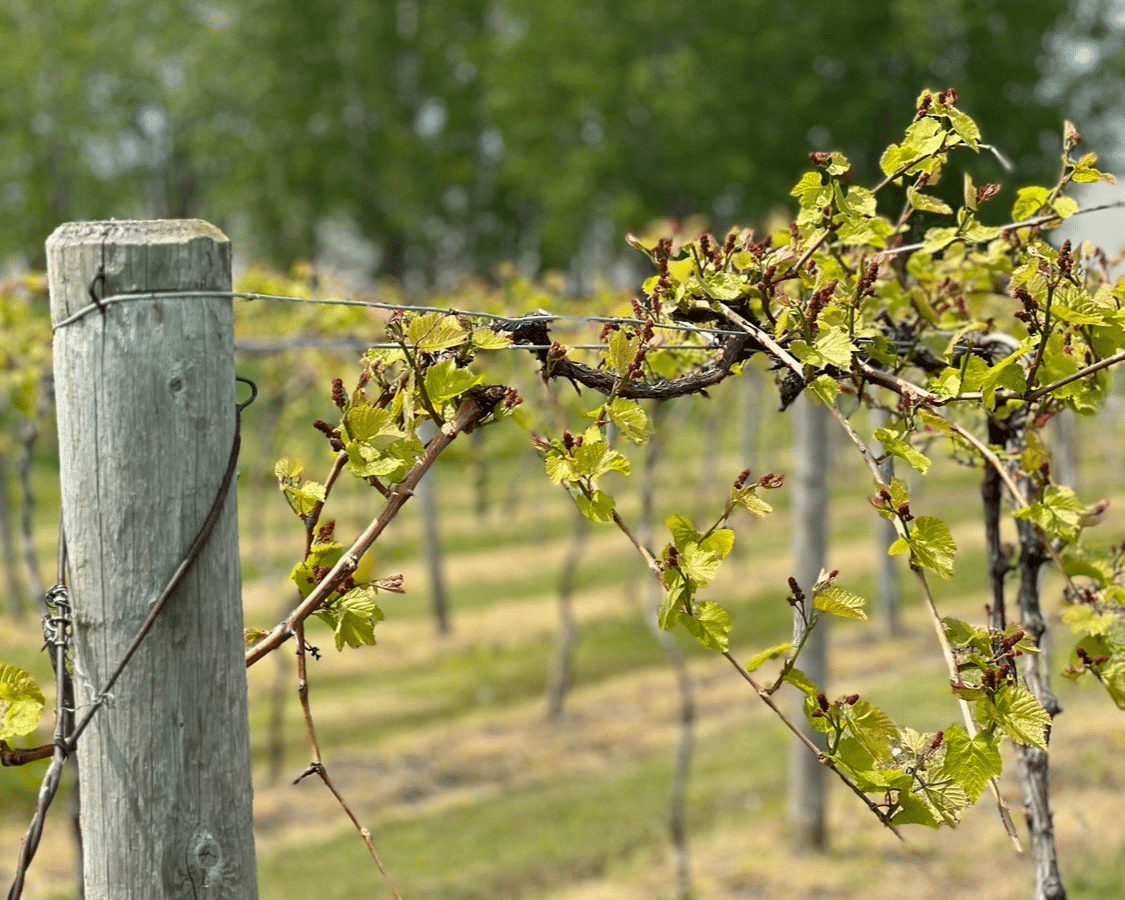
Grapes Grown
While around 80% of the grapes grown in this region are used for juice and jelly, there’s a substantial number of wine grape vineyards, too. Concord grapes dominate both categories, frequently fermented for wine along with Niagara grapes. Both are “slip skin” grapes, with skin that comes off easily unlike most wine grapes. These wines tend to be sweetened due to their high acidity and structure and to meet market demand for sweet wine styles that showcase the Concord and Niagara flavors.
Catawba and Elvira are grown in the region, too. Both are native to North America and typically produce crisp blush and white wines, respectively. You’ll also find other American hybrids, like Isabella and Noiret.
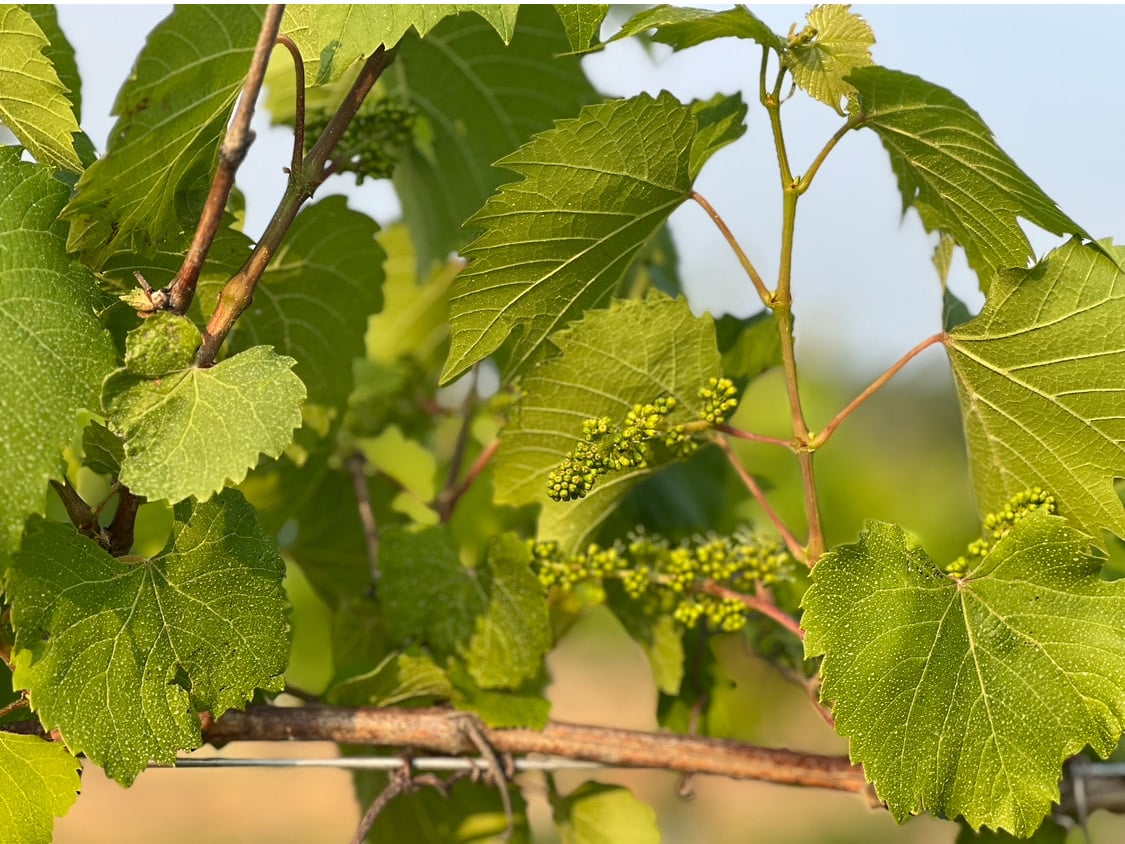
French-American hybrids really excel in Lake Erie AVA’s cool, moderate climate. This includes white grapes, like Seyval Blanc, Vidal Blanc, Cayuga White, Vignoles and Traminette, and reds, like Baco Noir, Chambourcin and Léon Millot.
In 1972, the first Vitis vinifera wine was produced in the Lake Erie AVA, a Chardonnay by Woodbury Fruit Farm in New York. Chardonnay is the most common Vitis vinifera grown in the region, sharing company with cool climate stars, like Riesling, Pinot Gris and Cabernet Franc. These grapes are quite naturally acidic, and cooler temperatures help preserve that delicate acidity with a slow ripening process that also limits contrasting sugars. The result is acidic wines that can be quite dry with a lot of nuance, balance and a fresh, bright profile.
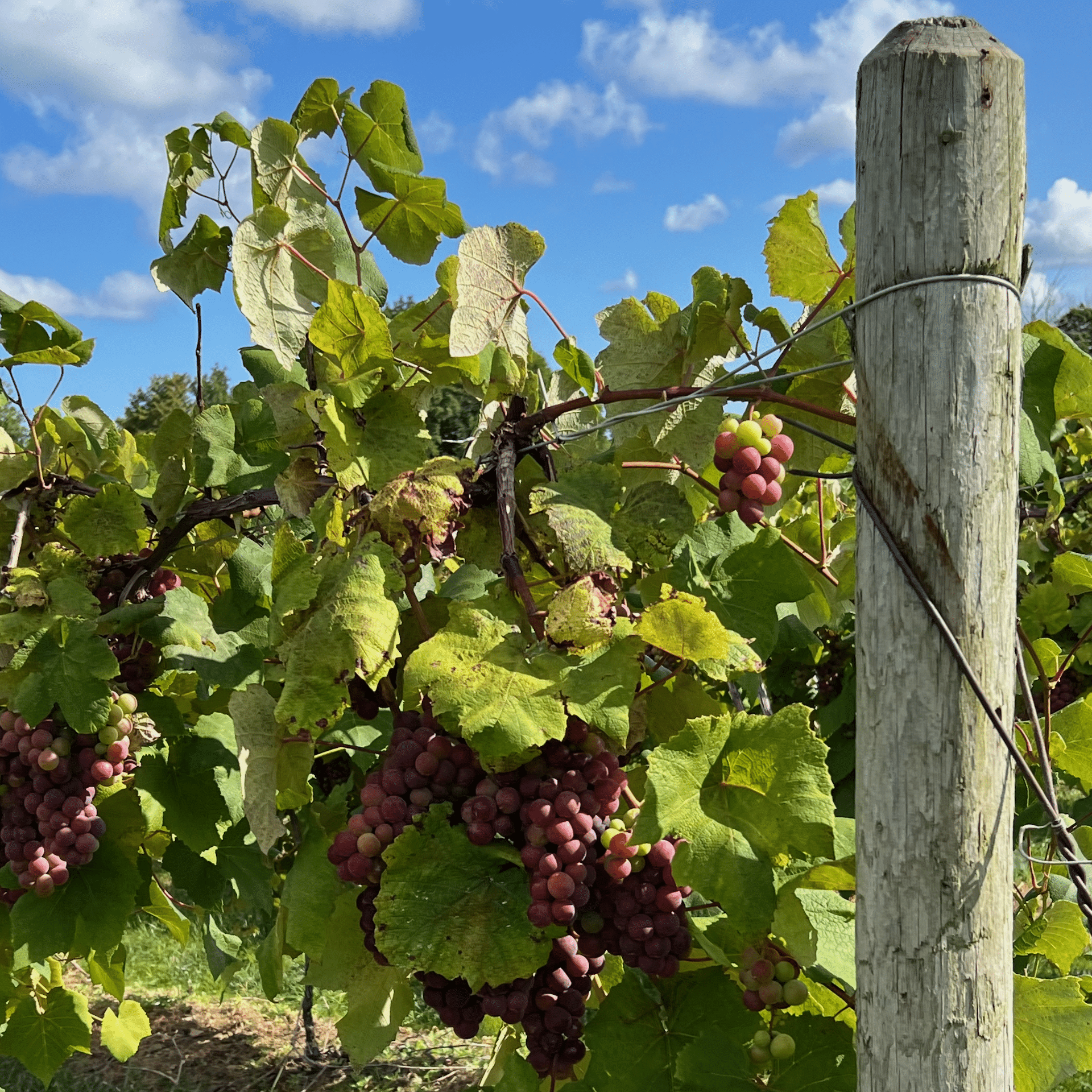
None of these lists are exclusive and, as the region’s viticultural practice evolves, we may just see some new grapes step into the spotlight.
The Wines of Lake Erie AVA
This region offers not just a wide variety of wines, but exceptional ones, too. It sometimes faces stigma as a “sweet wine region” due to the omnipresence of Concord and Niagara grapes, but it is home to numerous elegant, complex dry wines that continue to earn accolades.
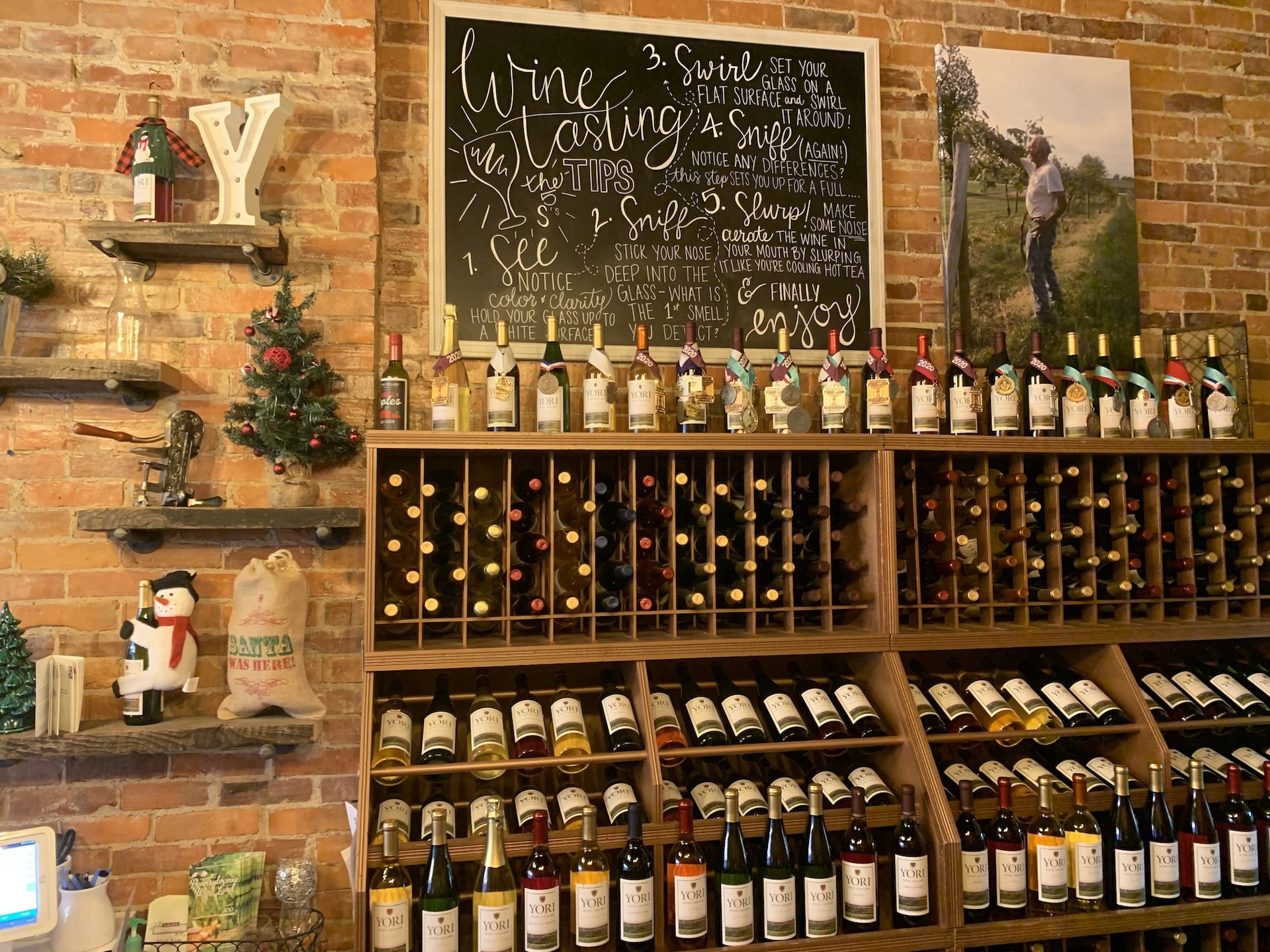
Yori points to a few examples of the region’s potential. “If I had to pick the number-one grape, I would say Riesling,” he says. He produces a Dry Riesling, as do Arrowhead Wine Cellars, Mazza and Presque Isle Wine Cellars. He follows that with Cabernet Franc, which he says, “seems to adapt to our climate here.” His Cabernet Franc is dry and full-bodied with complex earth flavor. The 2018 vintage won Best of Class at the Finger Lakes International Wine Competition in 2022.
Rosés from Lake Erie AVA have also made their mark in the wine world. This year, Yori’s 2021 Sparkling Rosé took Double Gold at the Pennsylvania Farm Show. In 2024, Mazza’s The Perfect Rosé, made with Chambourcin, won a gold medal at the Decanter World Wine Awards, the first Pennsylvania wine to earn that distinction.
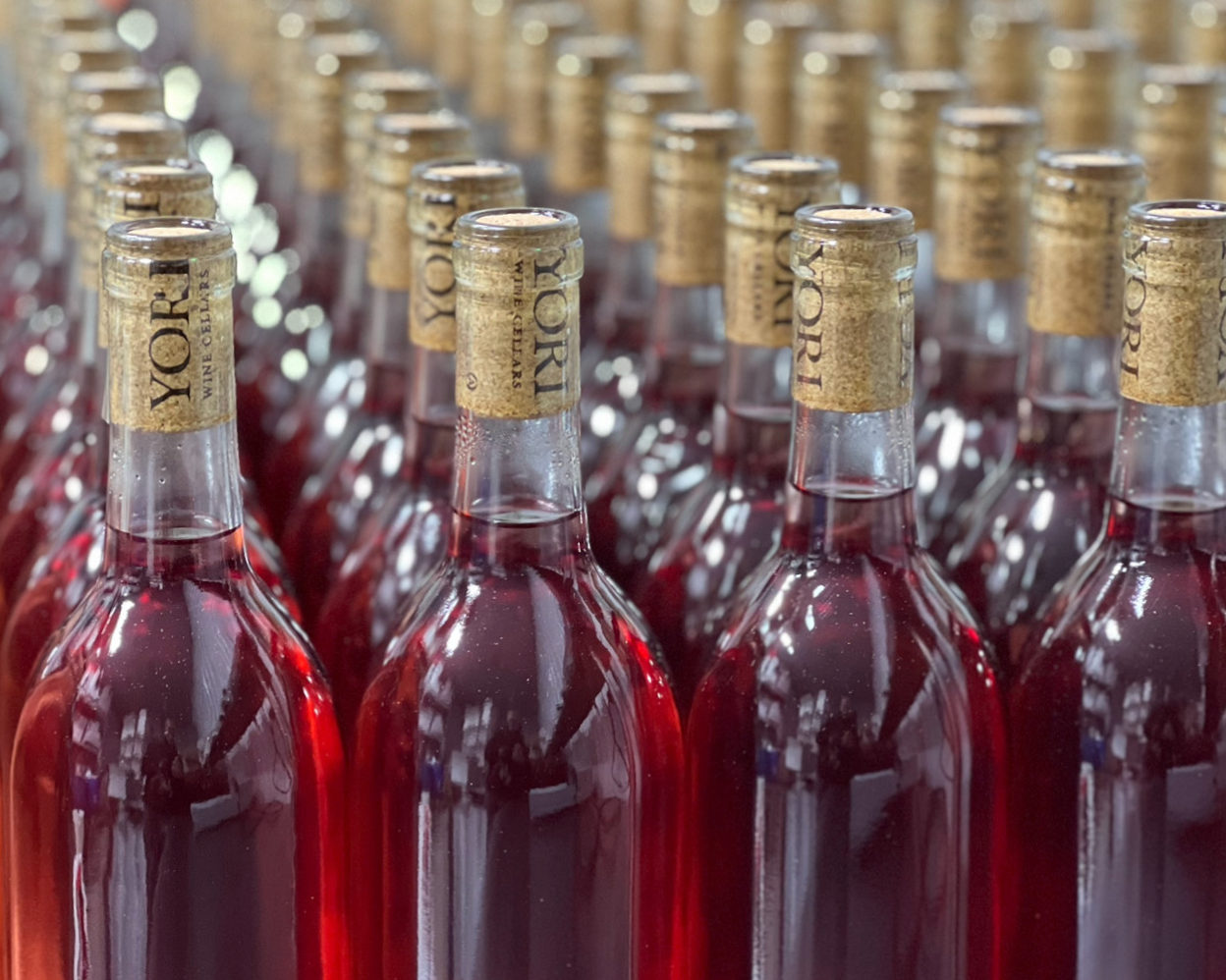
In this diverse and wide-reaching AVA, the growers and winemakers band together across state lines, putting competition aside. Yori says, “We all work together for the better good of our region. We want to get our name out there and say, ‘Hey, this is one of the best wine regions in the state. Come up and visit.’”
To taste the Lake Erie AVA terroir yourself, visit Yori Wine Cellars & Brewing Company in the heart of Lake Erie Wine Country. 18 South Lake St., North East; (814) 725-8466.
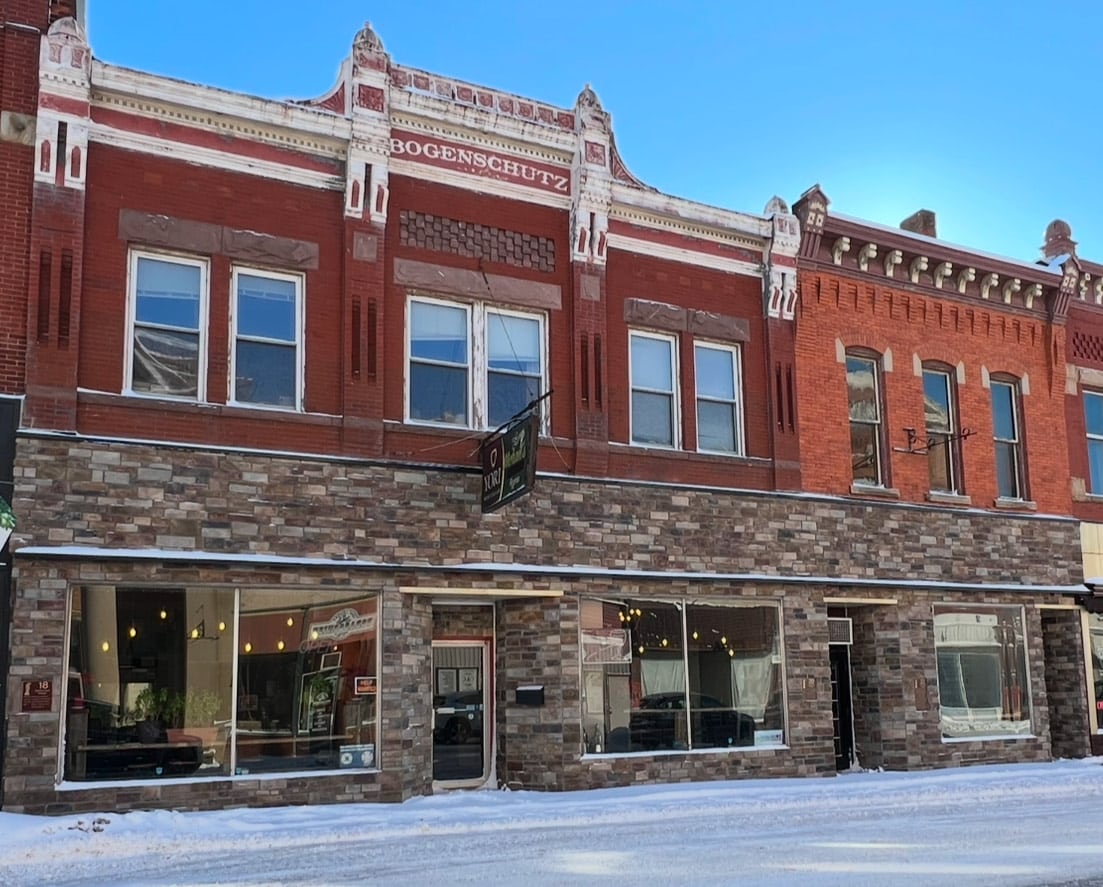
The PA Vines & Wines series was created in collaboration with the Pennsylvania Wine Association with Round 8, Act 39 grant funding from the Pennsylvania Liquor Control Board (PLCB).
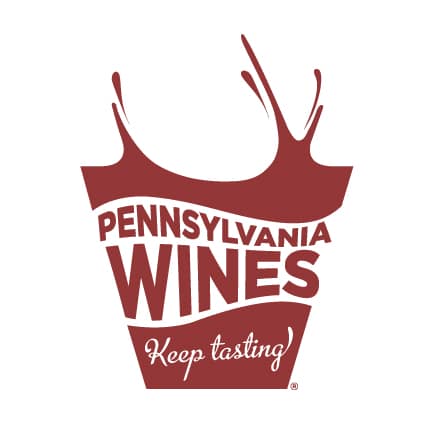
The Pennsylvania Winery Association (PWA) is a trade association that markets and advocates for the limited licensed wineries in Pennsylvania.
- Feature, Concord and Lake Erie photos: Bigstock
- All other photos: Yori Wine Cellars
